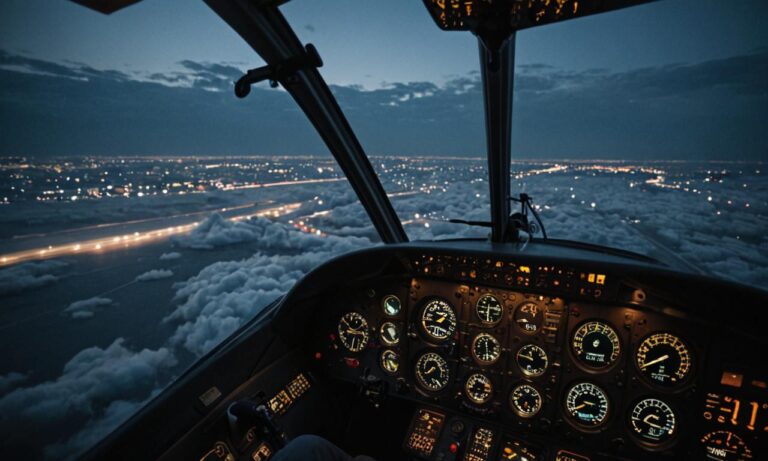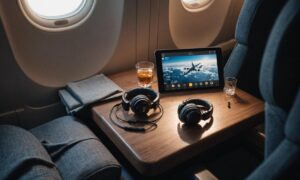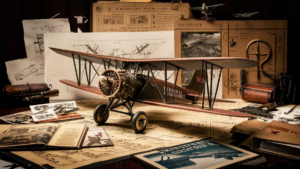When it comes to purchasing a small airplane, the cost can vary significantly depending on several factors. In this comprehensive guide, we will explore the various aspects that influence the price of small airplanes, helping you make an informed decision.
Factors Influencing the Cost
Several key factors play a role in determining the cost of a small airplane:
- Type of Aircraft: The type of airplane you choose will heavily impact the cost. Different models offer varying features, capabilities, and sizes, all of which contribute to the overall price.
- Age and Condition: Just like with cars, the age and condition of a small airplane significantly affect its value. Newer aircraft with fewer flight hours generally command higher prices.
- Avionics and Equipment: Modern avionics and additional equipment such as autopilot systems, GPS navigation, and advanced safety features can increase the cost of a small airplane.
- Engine Type: The type and condition of the engine(s) installed in the aircraft can have a significant impact on its price. More powerful engines or those with advanced technology may drive up the cost.
- Manufacturer: Different aircraft manufacturers have varying reputations, build qualities, and brand recognition, which can influence pricing.
Price Range
Small airplanes can range widely in price, from tens of thousands to several million dollars. Here is a general breakdown of price ranges based on the type and condition of the aircraft:
| Type of Aircraft | Price Range |
|---|---|
| Single-Engine Piston | $20,000 – $500,000+ |
| Multi-Engine Piston | $100,000 – $2,000,000+ |
| Light Sport Aircraft | $50,000 – $200,000+ |
| Turboprops | $500,000 – $3,000,000+ |
Additional Costs
It’s essential to consider additional costs beyond the purchase price when buying a small airplane:
- Maintenance: Regular maintenance and inspections are necessary to keep the aircraft in safe flying condition. Maintenance costs can vary depending on the age and type of aircraft.
- Insurance: Aircraft insurance is essential to protect your investment and cover potential liabilities. The cost of insurance depends on factors such as pilot experience, aircraft value, and usage.
- Hangar or Tie-Down Fees: Storing your airplane in a hangar or tie-down space at an airport comes with additional costs, which can vary depending on location and facilities.
- Training and Certification: Obtaining the necessary pilot training and certifications can incur additional expenses. This includes flight instruction, exams, and ongoing proficiency training.
As you can see, the cost of a small airplane varies depending on multiple factors, including the type of aircraft, age, condition, and additional features. By understanding these factors and considering the associated costs, you can make a well-informed decision when purchasing a small airplane.
Frequently Asked Questions
Here are some common questions related to the cost of small airplanes:
- Are there financing options available for purchasing a small airplane?
Yes, many financial institutions offer loans specifically tailored for purchasing aircraft. These loans may have varying terms and interest rates based on factors such as credit history and the value of the aircraft. - What are some ways to reduce the overall cost of owning a small airplane?
One way to lower costs is to consider purchasing a used aircraft instead of a new one. Additionally, carefully evaluating your needs and opting for only essential features can help prevent unnecessary expenses. - How do operating costs factor into the overall expense of owning a small airplane?
Operating costs, including fuel, maintenance, and hangar fees, are ongoing expenses that should be considered alongside the initial purchase price. It’s crucial to budget for these costs to ensure sustainable ownership.
Factors Affecting Resale Value
Understanding the factors that influence the resale value of a small airplane can help you make a more financially prudent purchase:
- Market Demand: The demand for specific aircraft models can fluctuate based on factors such as technological advancements and regulatory changes. Popular models typically retain their value better than less sought-after ones.
- Upgrades and Modifications: Certain upgrades and modifications, such as avionics updates or interior renovations, can enhance the resale value of an aircraft by making it more attractive to potential buyers.
- Overall Condition: Regular maintenance and careful upkeep can help preserve the condition of the aircraft, positively impacting its resale value. Conversely, neglect or damage can significantly decrease its worth.
Ownership Considerations
Besides the upfront and ongoing costs, there are other considerations to keep in mind when owning a small airplane:
- Regulatory Compliance: Owners must ensure that their aircraft comply with relevant aviation regulations and undergo required inspections and certifications. Non-compliance can lead to fines or grounding of the aircraft.
- Usage Patterns: Understanding how frequently and for what purposes you intend to use the aircraft can influence your choice of model and affect operational costs.
- Resale Strategy: Planning for eventual resale from the outset can help you make decisions that maximize the aircraft’s value over time, such as opting for popular features or avoiding excessive customization.
See also:






